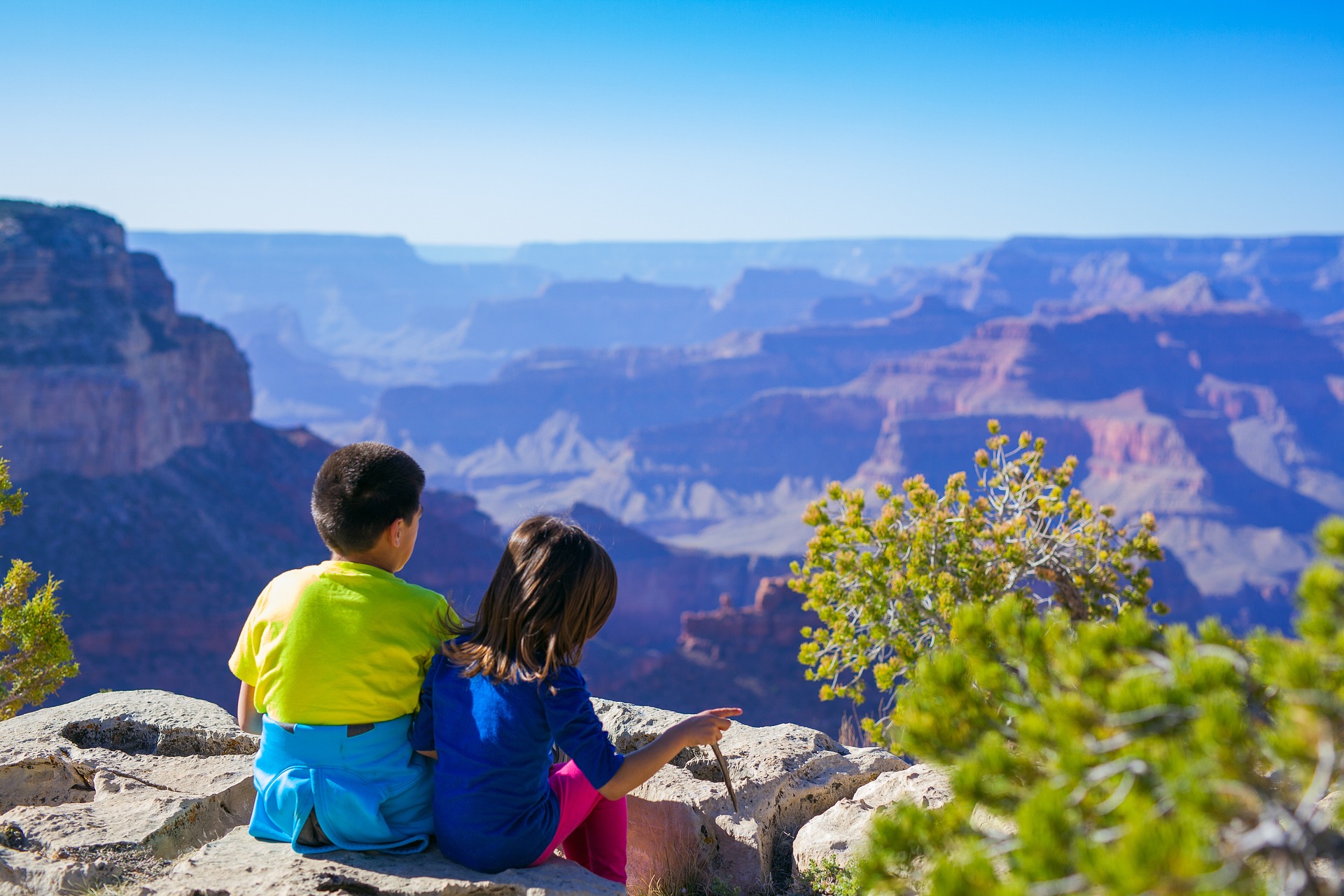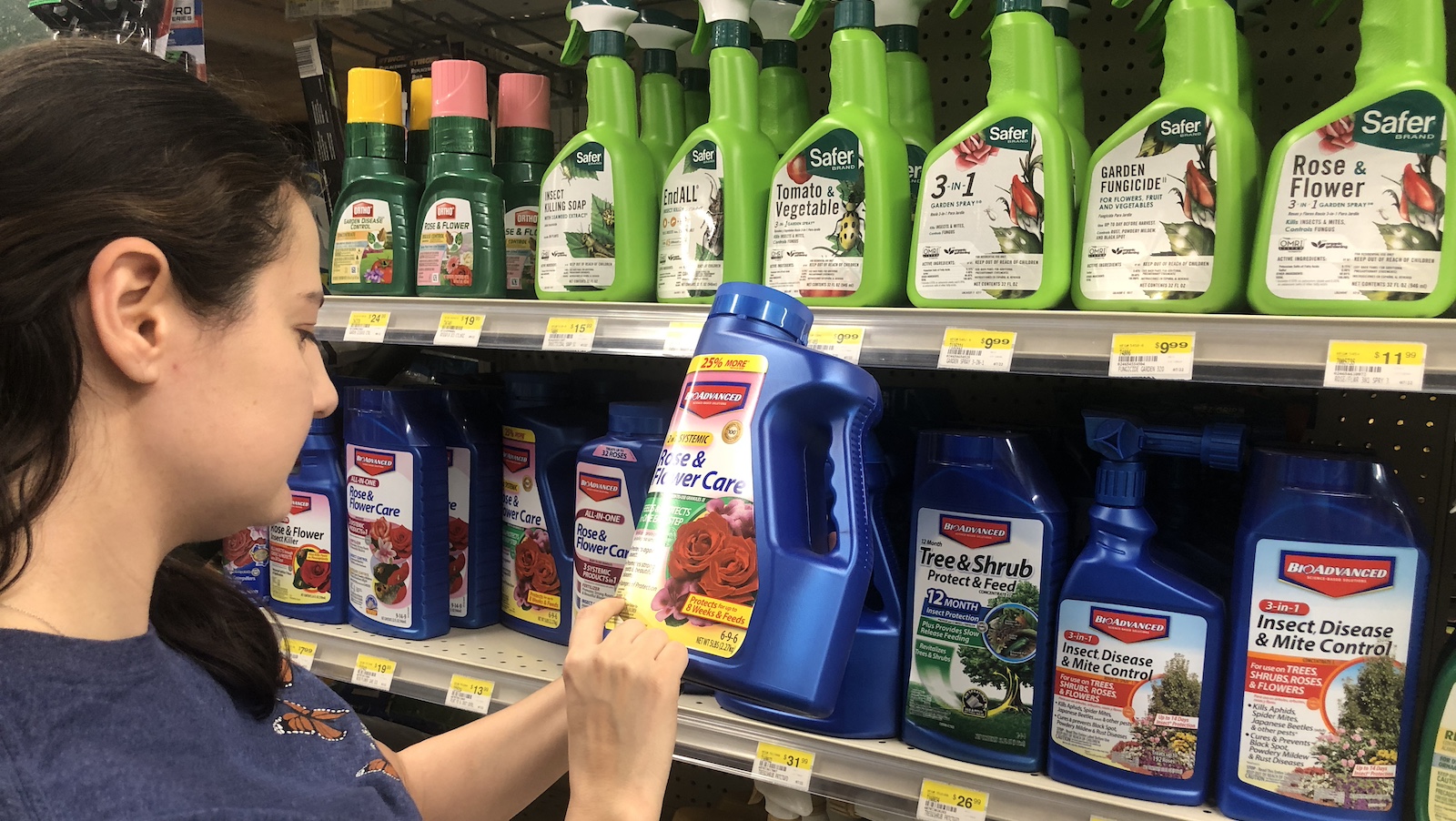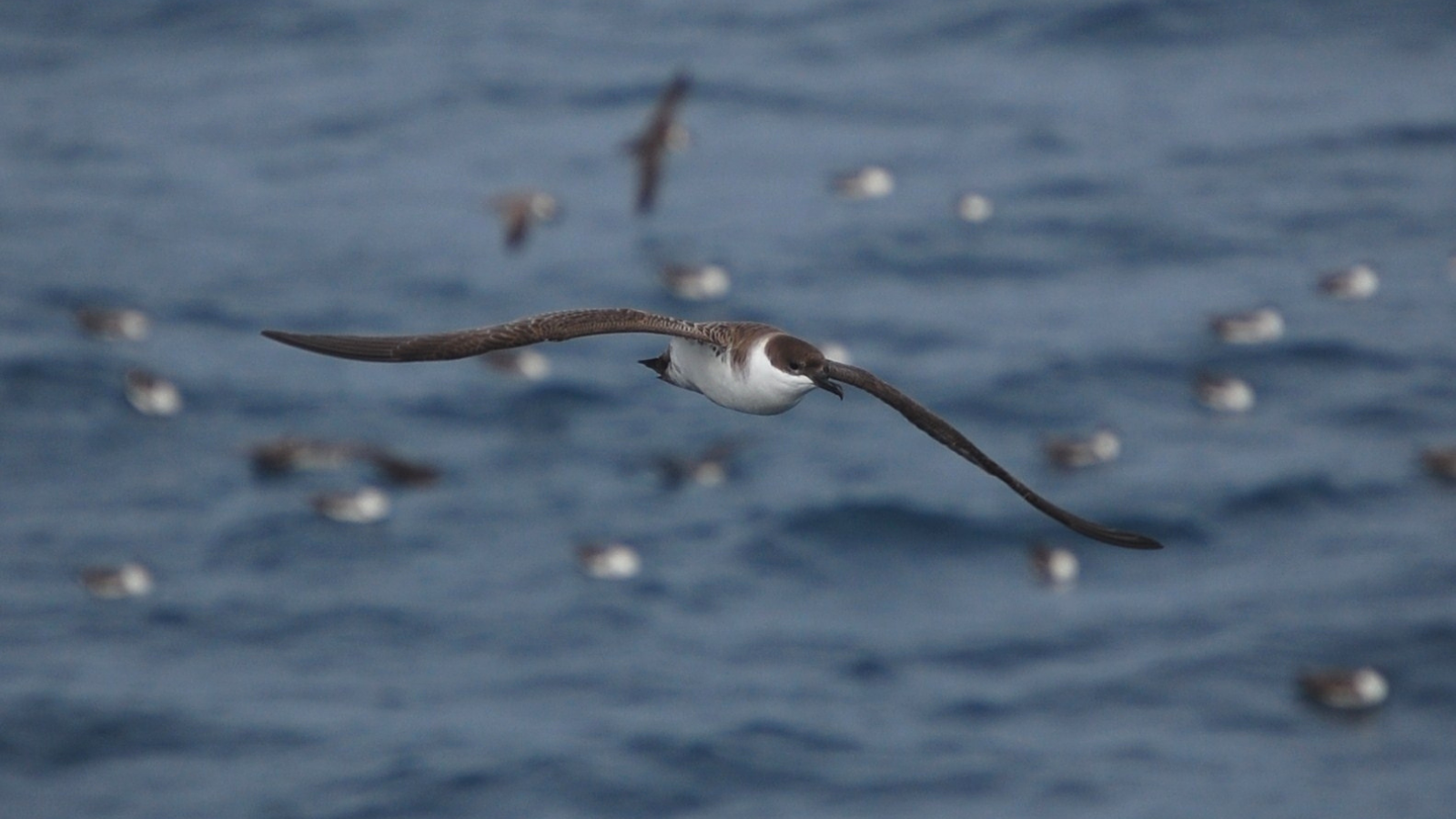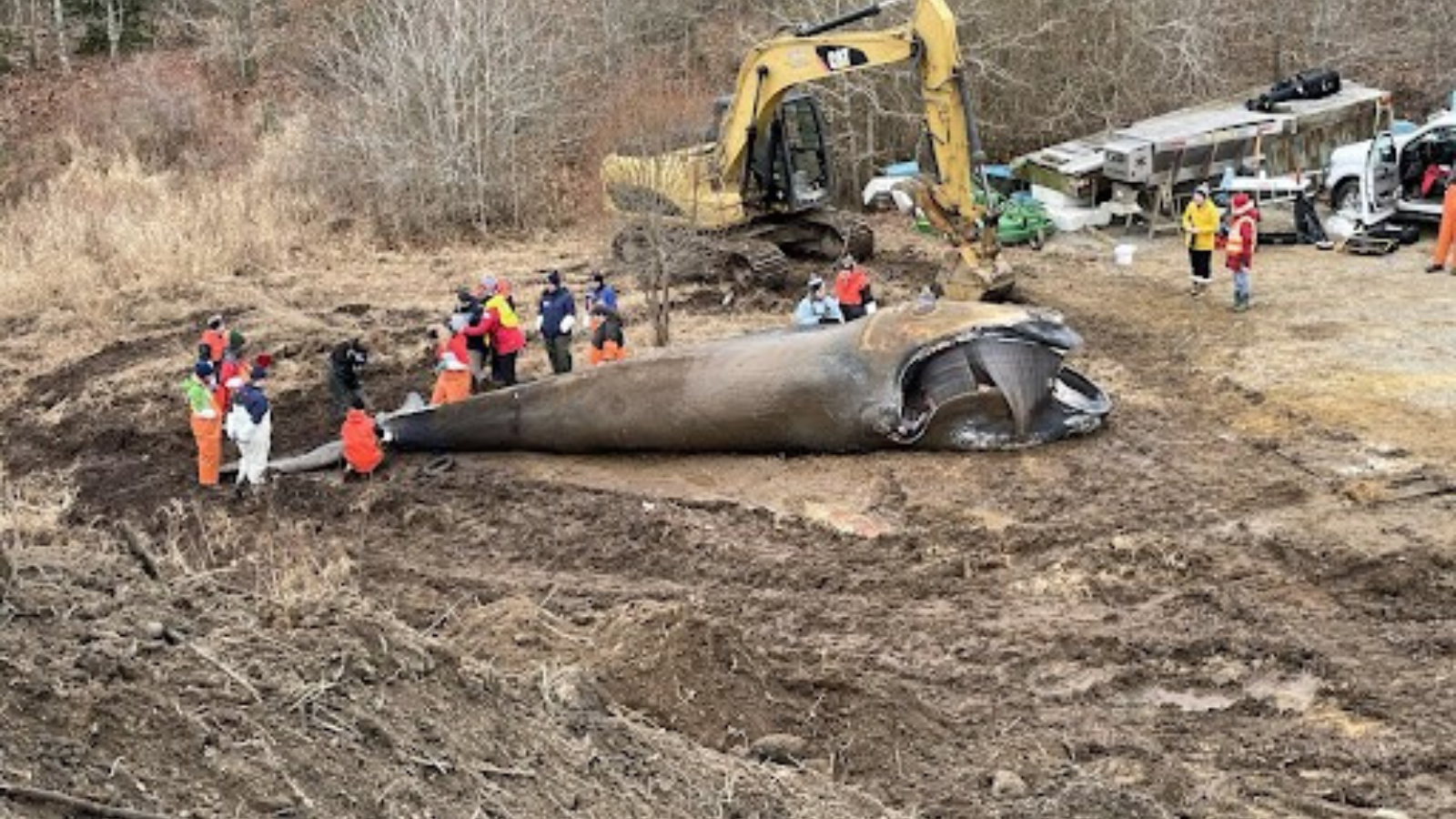
Protect the Grand Canyon
A uranium mine just began operations — mere miles from the Grand Canyon and all of the wildlife that call it home.

UPDATE: Old leases may allow new uranium mining unless Arizona Governor Hobbs acts now.
A uranium mine just began operations — mere miles from the Grand Canyon and all of the wildlife that call it home.
The mining permit — given to Pinyon Plain mine — allows uranium mining within the new Baaj Nwaavjo I’tah Kukveni national monument that Joe Biden designated last year. How? The recently designated monument only protects the Grand Canyon from new mining leases, but the Pinyon Plain mine’s owners are exploiting a 150-year-old law that makes it hard for the government to cancel old mining leases.
We’ve worked too hard for too long to protect the Grand Canyon. We can’t go back now. Join us in calling on Arizona’s Governor Katie Hobbs to cancel the Pinyon Plain mine’s permit.
A national treasure
“National parks are the best idea we ever had. Absolutely American, absolutely democratic, they reflect us at our best …” – Wallace Stegner
If you need evidence that our National Parks are our best idea, then you need look no further than the Grand Canyon. Its majestic steep sided canyons plunge thousands of feet below your feet, the Colorado river twists for hundreds of miles, cutting deep into layered sandstone, glinting and reflecting the immense blue Arizona sky. The South Rim of the canyon offers visitors views that are so vast and breathtaking they often leave people speechless. It’s no wonder the park receives nearly 5 million visitors a year.
The Grand Canyon National Park is also critical for wildlife, it comprises several distinct ecosystems, ranging from desert to forest land. The 1,900 square miles of the park serve as an ecological refuge for many plants and animals, including many threatened and endangered species such as the California condor, Mexican spotted owl and Fickeisen plains cactus. And at least 12 Tribes and Nations have cultural and spiritual connections to the area.
Uranium mining returns to the Grand Canyon
What most visitors to the park don’t appreciate is that the Grand Canyon and surrounding area is also at great risk. A uranium mine in Arizona — located seven miles south of the Grand Canyon National Park — has begun operations. Uranium mining — which can spread radioactive dust through the air and leak radioactivity and toxic chemicals into the environment — is among the riskiest industrial activities in the world.
Last August, President Biden designated a new monument, his largest yet, in Arizona. The Baaj Nwaavjo I’tah Kukveni – Ancestral Footprints of the Grand Canyon National Monument permanently protects more than 900,000 acres of land around Grand Canyon National Park from new mining claims. However, due to the stipulations of an 1872 mining law, mines under development prior to the federal protections are exempted from the ban. The Pinyon Plain mine’s owners are exploiting this 150-year-old law to set up shop in the heart of the Grand Canyon.
We can’t afford to have toxic uranium mining within this natural treasure — mining that may pollute the region, contaminate the Colorado River, sicken wildlife and forever change the park.
Nearly 600 different animal species live in the National Park area: 447 species of birds, 91 species of mammals, 48 species of reptiles, 10 species of amphibians and plenty of insects. Among the most famous are javelinas and gila monsters, as well as endangered species including the California condor, Mexican spotted owl, Yellow-billed cuckoo and desert tortoise
There are over 600 uranium mining claims surrounding the park. Some of them, like the Pinyon Plain mine, are less than 10 miles from the park boundary. And since the entire state of Arizona is in the drainage basin of the Colorado River, that means that the Pinyon Plain mine will also be in the drainage basin. Right now there is a 20-year moratorium on developing those leases but that protection is set to end in 2032. And mining companies may already be lining up investors and hiring lobbyists to be sure that they can begin breaking ground as soon as the moratorium expires. Uranium is used as fuel for nuclear power plants and nuclear reactors. The market has gone through several “boom and bust” cycles.
The Grand Canyon is an American treasure, and it’s our job to protect it, including the land and streams which surround it. The first step is to make sure we educate as many people as possible to the threats facing the Grand Canyon. The next is to call on our elected officials to enact policies that will permanently protect the park for future generations.
If new mining is allowed in the areas surrounding the Grand Canyon, it could mean that heavy equipment will create massive pits or it could mean chemicals will be pumped into the groundwater to dissolve the uranium in the rocks and then pumped back up to the surface. And any one of these 600 operations could leak radioactive materials into groundwater, or pollute the air with radioactive dust, putting wildlife and park visitors at risk. These mining operations also create, and leave behind pools of uranium-contaminated water which attract birds and other wildlife, and can stay poisonous for generations.
How you can help prevent uranium mining in the Grand Canyon
Environment America Research and Policy Center has a long track record of working to protect the Grand Canyon, including writing reports, organizing field campaigns and engaging our supporters to defend and protect this critical area. We can make sure there’s enough public support from across the country to make this happen.
Our plan is to reach people across the country and get them to urge Arizona’s Governor Katie Hobbs to cancel the Pinyon Plain mine’s permit.
We are mobilizing people around the country to contact the Governor to demonstrate that there is widespread support to stop all mining within the Grand Canyon. The Pinyon Plain mine’s owners are exploiting a 150-year-old law that makes it hard for the federal government to cancel old mining leases. But with your help, we can put a stop to it. We’ll ask everyone who takes action to involve their friends, family and networks to get involved as well.
We have an opportunity to make sure that one of the most iconic places in the United States will be permanently protected from future mines and radioactive pollution.
Topics
Authors
Ellen Montgomery
Director, Public Lands Campaign, Environment America Research & Policy Center
Ellen runs campaigns to protect America's beautiful places, from local beachfronts to remote mountain peaks. Prior to her current role, Ellen worked as the organizing director for Environment America’s Climate Defenders campaign. Ellen lives in Denver, where she likes to hike in Colorado's mountains.
Find Out More

Why Alaska’s NPR-A, site of the Willow Project, deserves protection

How to avoid bee-killing pesticides

The seabirds you’ll see in the Gulf of Maine’s kelp forest

